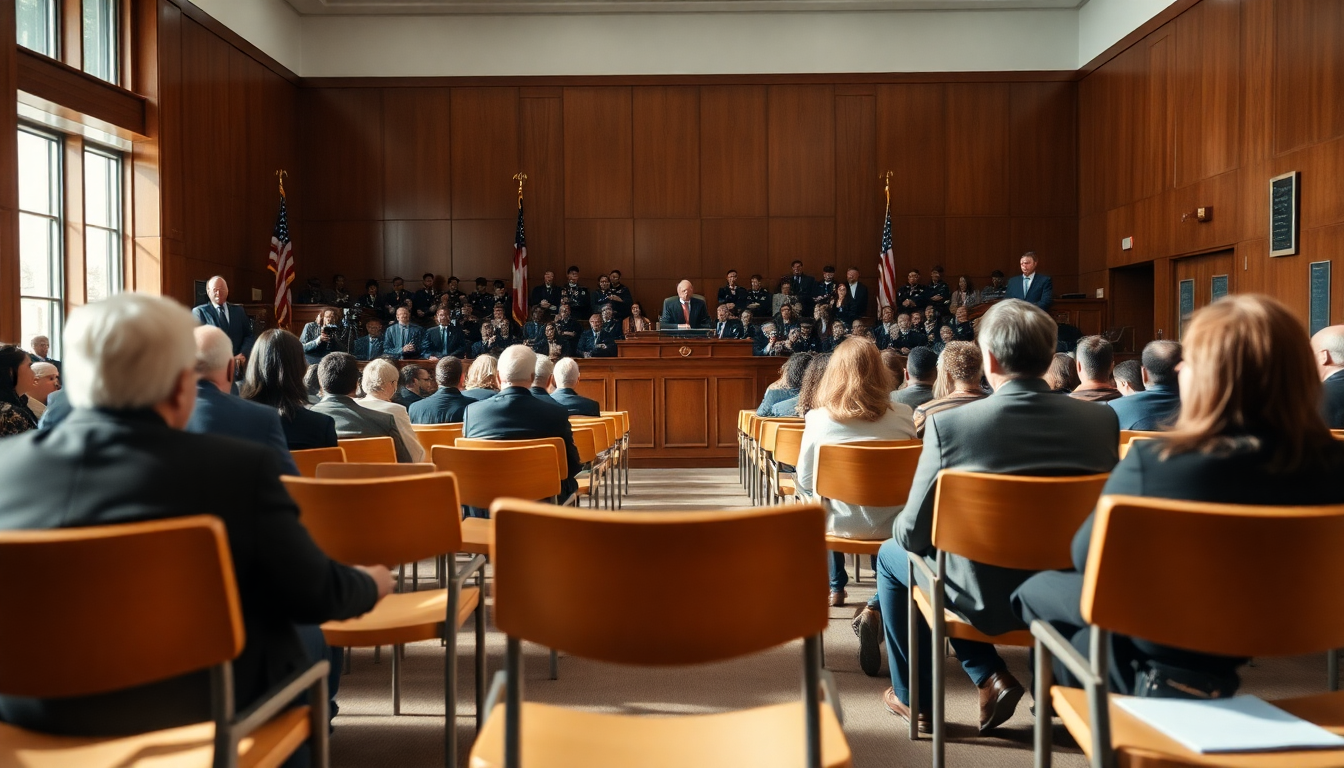Table of Contents
The recent retrial of Karen Read has captured public attention and raised important questions about the investigation into the death of Boston Police officer John O’Keefe. After a lengthy deliberation, the jury found Read not guilty of second-degree murder, a verdict that has led to calls for federal authorities to take a closer look.
Let’s dive into the details of this case and unravel the complexities surrounding the events of that fateful night and the ongoing fallout.
The Verdict and Jury Insights
On June 18, the jury delivered a surprising verdict: Karen Read was acquitted of murdering John O’Keefe but was convicted of operating a vehicle under the influence.
This dual outcome has sparked a wave of reactions, particularly from the jury foreman, who emphasized the need for the FBI to conduct a thorough investigation into O’Keefe’s death. Their comments reflect a significant concern about the local police investigation, which they felt was lacking, and a belief that more information is necessary to truly grasp the circumstances surrounding this case.
During their four days of deliberation, the jurors were acutely aware of the weight of their decision. One juror pointedly remarked, “No one local should be involved in the investigation,” highlighting a desire for an impartial examination of the events leading to O’Keefe’s death.
This sentiment raises a broader issue regarding public trust in local law enforcement and underscores the critical need for transparency in high-profile cases.
The Case Details and Competing Testimonies
The trial was fraught with intense testimonies and conflicting narratives.
Prosecutors alleged that Read, while driving under the influence, struck O’Keefe during a snowstorm on January 29, 2022. Witnesses claimed that on the morning O’Keefe went missing, Read was visibly panicked, repeatedly saying, “I hit him.” These statements were pivotal for the prosecution, painting Read as a potentially culpable party.
However, Read’s defense team pushed back against these claims, suggesting that O’Keefe’s injuries stemmed from an altercation with other individuals rather than an incident involving Read. Their strategy aimed to establish reasonable doubt about her involvement, arguing that the narrative constructed by prosecution witnesses was flawed and possibly misleading.
The defense argued that Read’s actions were far from criminal, emphasizing the chaotic nature of that night and the lack of concrete evidence linking her to O’Keefe’s injuries. This defense narrative raises crucial questions about the reliability of witness testimonies and the challenges in determining culpability in such tragic circumstances.
Implications for Future Investigations
The outcome of the Karen Read trial, along with the jury’s comments, has reignited discussions about the effectiveness of local law enforcement investigations, especially those involving police officers. The call for an FBI investigation reflects a growing demand for accountability and thoroughness in the quest for justice, particularly when public trust is hanging in the balance.
As the legal landscape evolves, it’s still unclear how the FBI will respond to these calls for further inquiry. The implications of this case stretch beyond just the verdict; they touch on broader themes of justice, transparency, and the need for federal oversight in potentially flawed local investigations.
In conclusion, the Karen Read case serves as a stark reminder of the complexities woven into the judicial process. As the public keeps a close watch, the possibility of an FBI investigation could shed new light and perhaps bring a clearer understanding of what truly happened that night, ensuring that justice, in whatever form it may take, is pursued with vigor.





